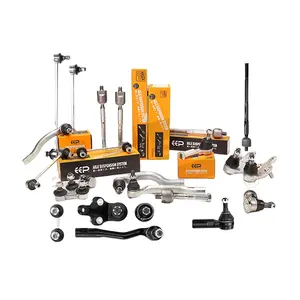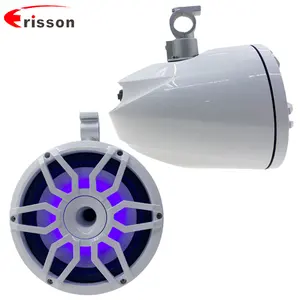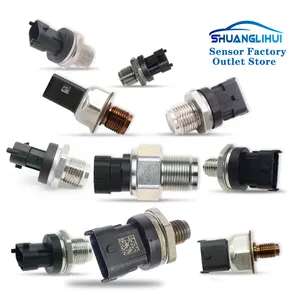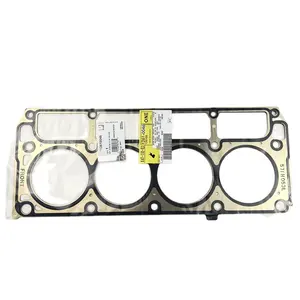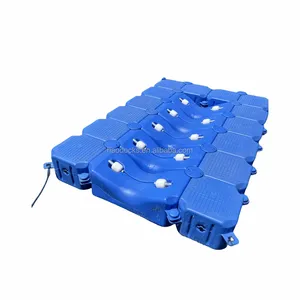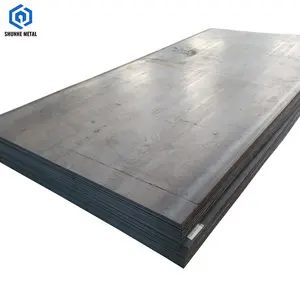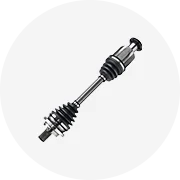आपके उद्योग में लोकप्रिय


























































शीर्ष श्रेणियां
हल्के स्टील 8 मिमी प्लेट की कीमत के बारे में
प्रीमियम-गुणवत्ता हल्के स्टील 8 मिमी प्लेट की कीमत के लिए और सभी आकार, आकार और वाहन के मॉडल के लिए सहायक उपकरण के माध्यम से ब्राउज़ करें। भागों वाहन की उपस्थिति और ड्राइविंग आराम से अभिन्न हैं, और खरीदार उन्हें विभिन्न डिज़ाइन और सामग्री में पा सकते हैं। हल्के स्टील 8 मिमी प्लेट की कीमत आम तौर पर कई विश्वसनीय सुविधाओं के साथ रिम्स, टायर, वाल्व, और हब शामिल हैं। घटकों के लिए मुख्य चयन कारकों में पहिया आकार, जीवन काल, उत्पादन के तरीके, कार के प्रदर्शन, लागत और उन्हें बनाने के लिए उपयोग किए जाने वाले कच्चे माल शामिल हैं।
अलग-अलग हल्के स्टील 8 मिमी प्लेट की कीमत हैं और प्रत्येक इसके कार्य हैं, सुरक्षित और आरामदायक ड्राइविंग सुनिश्चित करने के लिए एक साथ काम करना। सड़क पर वाहन के प्रदर्शन को बढ़ावा देने के लिए और अधिक वर्तमान निर्माण तिथियों के साथ नए भागों का चयन करें। उचित यांत्रिक फिट के लिए प्रतिस्थापन से पहले पहिया के आकार की तुलना करना आवश्यक है। अधिकांश घटकों में संगतता सुनिश्चित करने के लिए थ्रेड चौड़ाई, रेडियल, पहलू अनुपात, टायर प्रकार, और गति असर रेटिंग शामिल हैं।
अलग-अलग वाहन के प्रदर्शन को बढ़ाने के लिए गुणवत्ता और अभिनव हल्के स्टील 8 मिमी प्लेट की कीमत का अन्वेषण करें। मौसम की स्थिति। आप उच्च-बिल्ड रबर, स्टील और लोहे के पहिया घटकों को पा सकते हैं जो अत्यधिक तापमान और पर्यावरणीय कारकों का सामना कर सकते हैं। भरोसेमंद और मजबूत पहिया प्रदर्शन सुनिश्चित करने के लिए अधिकांश धातु भागों के निर्माण के दौरान तीव्र गर्मी और दबाव परीक्षण से गुजरना पड़ता है।
मन उड़ाने की तुलना करें हल्के स्टील 8 मिमी प्लेट की कीमत विकल्प और कारों के लिए विशेष सौदे; ट्रक, और मोटरसाइकिल। ये प्रीमियम-ग्रेड घटक विशिष्ट रूप से पैसे के लिए सर्वोत्तम मूल्य प्रदान करने के लिए इंजीनियर हैं। खरीदार भी विश्वसनीय निर्माताओं और वितरकों से विश्वसनीय तकनीकी सहायता का आनंद ले सकते हैं।
